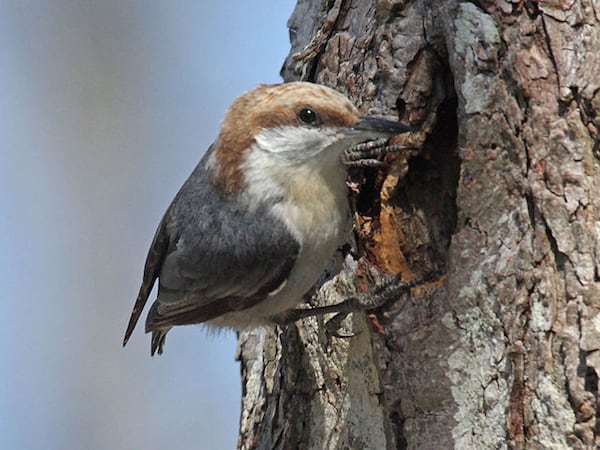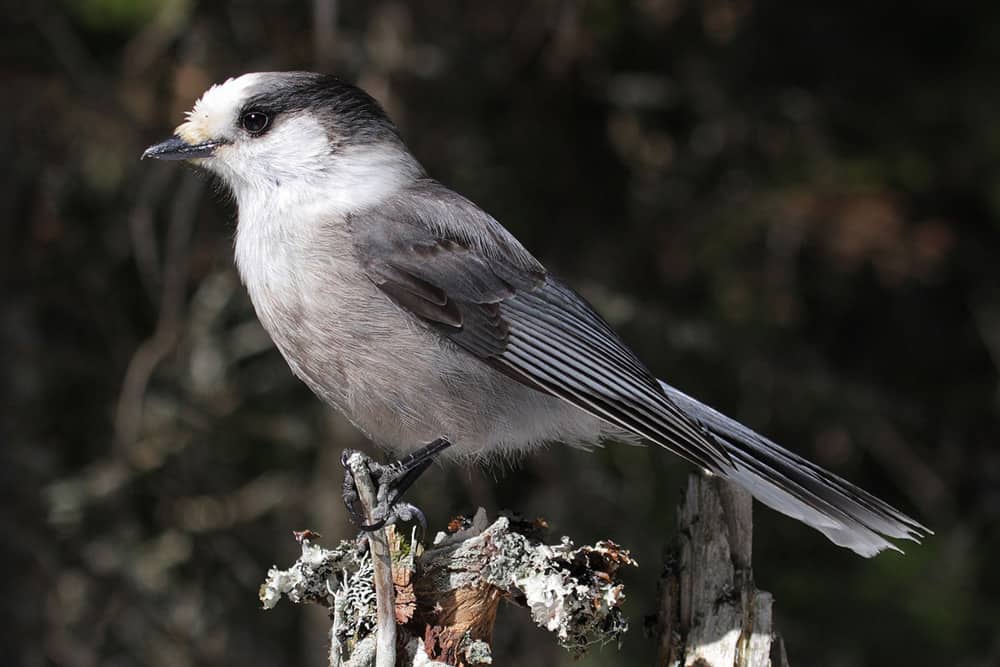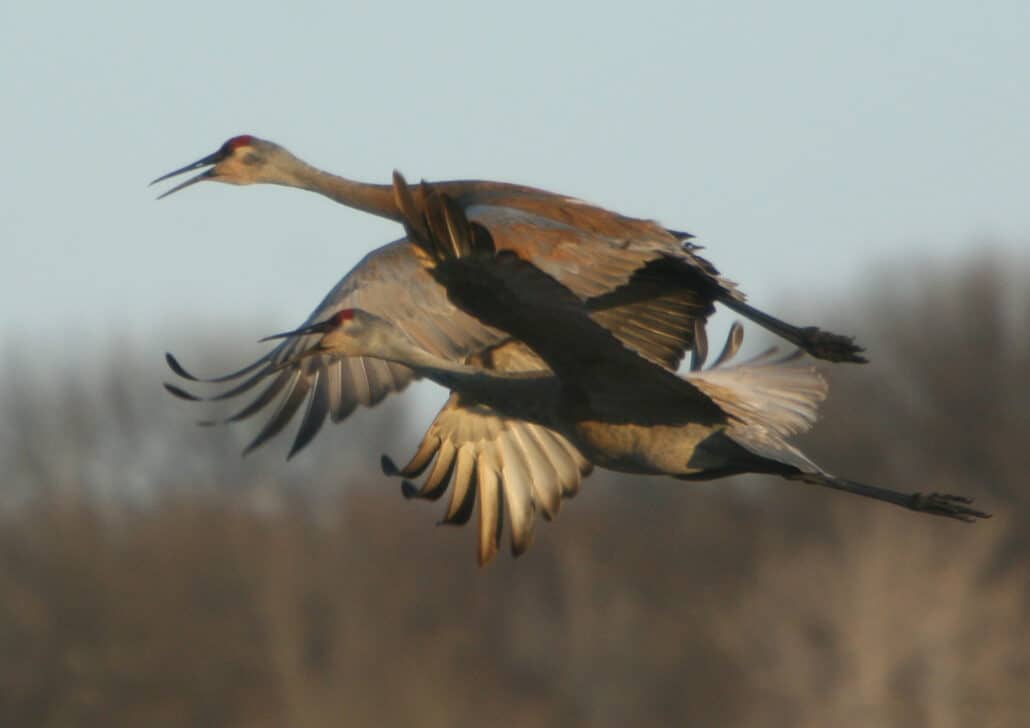Fall Birds of Mississippi (September, October, November)
September: That which is true of August is also true of September. In some cases, as with the passage of songbird migrants, it demands a return to the bird-watching habitats of spring and putting in more time at it. Many of the more southern breeding species, such as orchard oriole, have all but left North America by mid September. Others that nested in the lower 48 states will be moving. In addition to other tried and true areas, coastal migrant traps are gathering places for them.
Southbound migrants are not under the imperative to keep moving, as they are in spring, so migration is rather leisurely. It also involves the summer production of young birds, which outnumber adults. Beginner bird watchers will want to keep in mind that most of these immatures resemble their female parent, and some of them bear small resemblance to either parent. A little patience, a little common sense, great attention to a field guide, will help you to sort them out. Ruby-throated hummingbirds are in the coastal counties in peak numbers and, as the month draws to an end, we see the first of our winter residents; red-breasted nuthatch, house wren, and ruby-crowned kinglets are among them. The movement of merlins and peregrine falcons is notable.
The weather conditions that produce fall-outs of incoming birds in spring are somewhat reversed in fall; birds tend to “stack-up” in the coastal areas as they wait for rain to abate or wait for a wind shift from the north, providing good flight conditions for a crossing of the Gulf of Mexico. Be aware that not all migrants are trans-gulf migrants; many species favor crossing the land bridge to Central and South America; others may reach winter homes by traveling the length of Florida and crossing to Cuba or other islands in the Carribbean.
September is a good month for flycatchers of the empidonax genus; the eastern members are yellow-bellied, Acadian, alder, willow, and least flycatchers. Take any and all opportunities to study birds of this confusing genus, even though naming some without benefit of song is an almost universal stumbling block, the more experience with them, the better.
October: Although southbound shorebird migration is over, and many of the more southern nesting species have departed, migration involving many species is still in progress. Birds that nested far north of Mississippi–the transients–are passing through. Thus we have another opportunity to see birds we rarely see. Excepting a few species such as blackpoll warbler and bobolink, which take a different route this season, the birds we looked for in spring occur in more or less the same order of appearance in fall. Winter resident land birds continue to settle in.
One of the exhilarating aspects of fall migration is in the few species that are considered rare but regular, either as passersby or as some that stay the winter. Special alerts go up at the first sightings of Swainson’s hawk, groove-billed ani, vermilion and scissor-tailed flycatchers, western kingbird, lark bunting, and yellow-headed blackbird, most of which are seen in the more open areas of the southern counties.
October is a month in which to become aware of “departure dates.” Species thin out before they are gone from the state completely, and tracking departure dates is just another way for a beginning birder to get a grasp on seasonal distribution. In the northern tiers of Mississippi, loons, grebes, and waterfowl arrive for the winter.
November: What may be “October birds” in the counties to the north are looked upon as “November birds” in the coastal counties. While the appearance of traditional winter residents may suggest that the migration of neotropical species has ended, there are late fall and winter records for any number of species that just don’t want to leave. Do not be terribly surprised to come across them, but do make a habit of notating any species that is out of season.
Another group of birds should get attention. Gulls are easier to identify in the fall, when they are fresh from a post-breeding molt. This is when a novice bird watcher should pay attention to the regulars – laughing, herring, ring-billed, and Bonaparte’s gulls, in order to become prepared for winter rarities such as great black-backed and lesser black-backed gulls. Gull identification is a challenge in and of itself, but one should certainly begin the adventure at this optimum time.
What has become quite a phenomenon in this state is the winter occurrence of hummingbirds. Although some are seen in the northern counties, most are reported from the southernmost counties, just about invariably at a nectar feeder or in a garden that’s been groomed for them. The rufous hummingbird has been recorded as early as August and as late as April, but many others don’t make a first appearance of the season until November and December when they are high-priority birds.
These errant species from the West tend to stay through winter, when they are almost totally dependent upon those who play the role of host or hostess. If your bird watching enjoyment involves “hummingbirding,” it is useful to know the species thus far recorded in winter: broad-billed, white-eared, buff-bellied, ruby-throated, black-chinned, Anna’s, Calliope, broad-tailed, rufous, and Allen’s. (As a interesting side note, the rarest among the rare, was a green violet-ear, a Mexican species, which appeared at Holly Springs in north Mississippi in midsummer).
By the end of November, migrant traps or other places within the state that are productive of neotropical species, tend to lose appeal. There is more emphasis on big lakes and reservoirs, catfish ponds, large open areas, and the coastal habitats.




